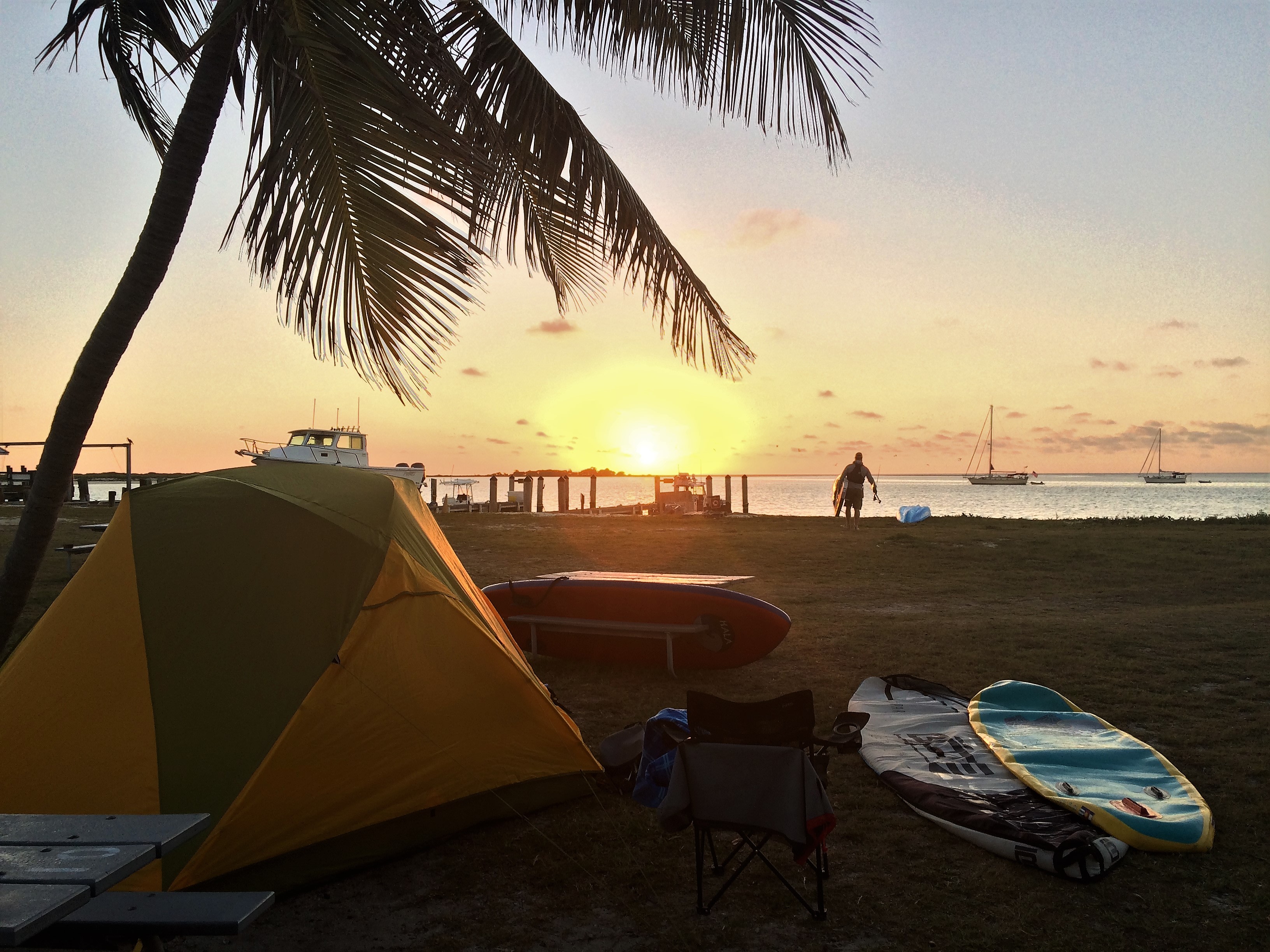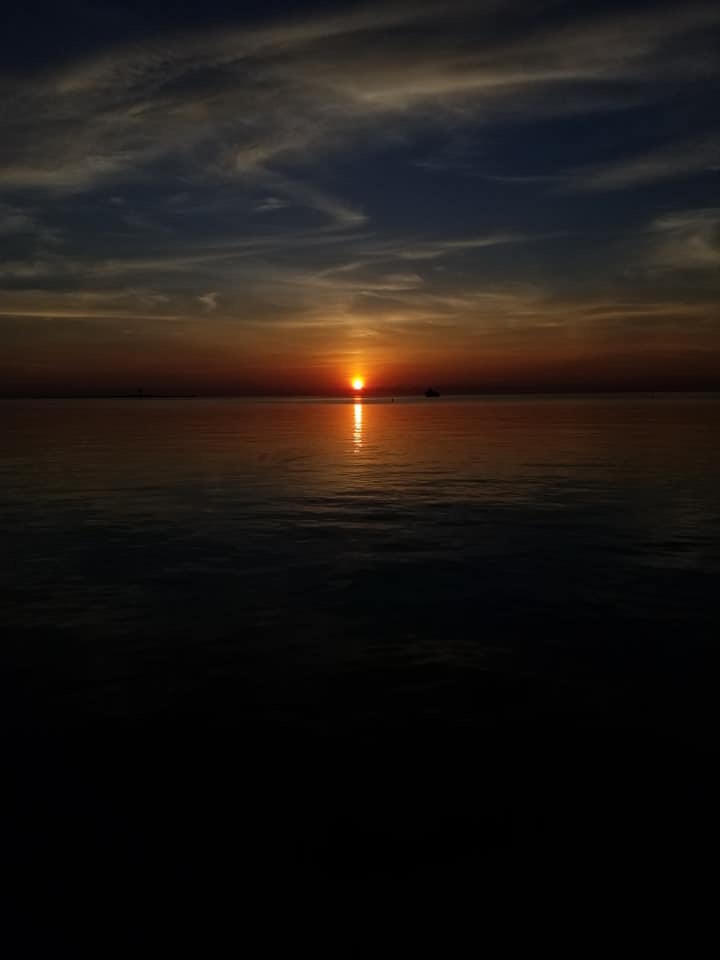- Dry Tortugas National Park
The best camping in Dry Tortugas National Park, FL
It’s not the Caribbean Tortuga with all the pirates, but it’s easy to imagine them hiding out here.
The best camping in Dry Tortugas National Park, FL
Discover the most magical spots to pitch your tent or park your rig on your next Dry Tortugas National Park adventure.



The best camping in Dry Tortugas National Park, FL guide
Overview
About
The remote location of these seven islands is the perfect place to stash your plunder and lay low.
It’s a two hour and fifteen minute ferry ride from Key West to Fort Jefferson, or forty minutes by seaplane. The fort is located on Garden Key, the second largest island in the chain. It’s full of sandy beaches perfect for frolicking. There’s also top notch snorkeling among the coral reefs. While you're there, keep your eyes peeled for marine life like the resident sea turtles.
The largest island is Loggerhead Key, home to the Dry Tortugas Lighthouse. This lighthouse, along with the Garden Key lighthouse, were the only two in the Gulf that stayed on for the entire Civil War.
Bush Key used to be called Hog Island because of the pigs that were raised there. It’s now a large nesting site for migratory birds. Bush Key is closed from April to September to protect the nesting sooty terns and brown noddies.
The rest of the islets are tiny and come and go with the hurricanes that sometimes hit the area. Some of them aren’t much more than a strip of sand.
Oh, and we should warn you: don’t plan on uploading any Instagrams photos while visiting this park; cell service is practically nil. Of course, that just gives you more time to soak up the sun, sights, and history at this tropical outpost on the edge of America.
Tips for snagging a campsite
- Book well in advance to secure your spot at this sought-after destination.
- Check for cancellations regularly as plans change and spots may open up.
- Be flexible with your dates to increase your chances of finding availability.
- Explore nearby camping options to ensure you have a backup plan.
When to go
The best time to visit Dry Tortugas National Park is from November to April when the weather is cooler and more comfortable for exploring. Summer months can be extremely hot and are also the peak of hurricane season, which can lead to unpredictable weather and potential park closures.
Know before you go
- Access to the park is limited to boat or seaplane, so plan your transportation in advance.
- Be prepared for the sun and bring plenty of water, sunscreen, and protective clothing.
- Check the National Park Service website for the latest alerts and conditions before your trip.
- Remember that amenities are limited; pack out all trash and leave no trace.
- Respect wildlife and coral reefs by observing from a distance and not disturbing the natural environment.








